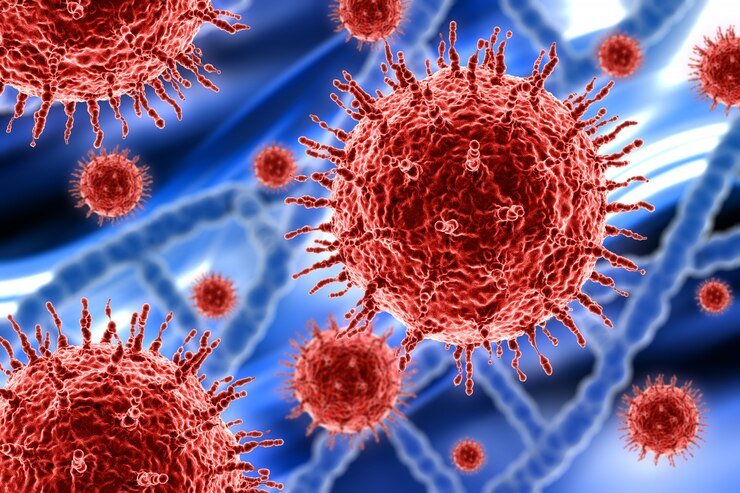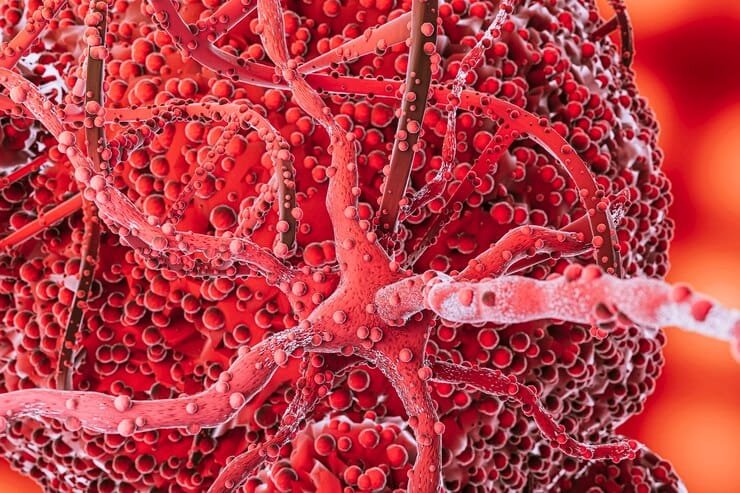- Rekomendasi Praktis Buah Anti Kanker
- MARI KENALI KANKER & CARA PENANGANANNYA
- ALTERNATIF PENGOBATAN KANKER TANPA TINDAKAN INVASIF !
- JANGAN PANIK ! Temukan Penanganan Aman Untuk Tumor Jinak di CMI Bandung
- KANKER BUKAN SEKEDAR BENJOLAN
- Herbal Medicinal Plants in Breast Cancer Treatment: An Overview
- Exploring Herbal Medicine in Cancer Treatment: Insights from India\\
- Enhancing Cancer Care: The Role of Complementary and Alternative Therapies
- The Use of Traditional, Complementary, and Alternative Medicine in Cancer Care: Insights from Sri La
- Medicinal Plants and Herbal Compounds in Cancer Treatment: Promising Research and Clinical Applicati
Utilization and Implications of Complementary Therapies among Cancer Patients in Southeastern Turkey
Prevalence and Patterns of Complementary Therapy Use

This article discusses the use of complementary therapies (CT) among cancer patients in southeastern Turkey. Research findings indicate that more than half of cancer patients use CT alongside conventional medical therapy. Herbal therapy is the most commonly used CT method, with stinging nettle being the most popular choice. Patients mostly acquire information about CT from friends and family, while healthcare professionals play a minimal role in providing CT information. The majority of patients use CT to gain additional benefits from medical therapy.
However, the use of CT is not without risks. The article reveals that certain types of CT, especially herbal-based ones, may have unintended side effects and can interact negatively with conventional cancer therapies such as chemotherapy. Therefore, it's crucial for healthcare professionals to be aware of their patients' use of CT and consider potential side effects or impacts on ongoing therapies. Accurate education about CT and alternative therapies is also essential to prevent potential harm from misuse.
In conclusion, although the use of CT is quite common among cancer patients and is considered to provide additional benefits for many, further research is needed to understand various issues related to CT. This ongoing research will help improve the relationship between patients and healthcare professionals and prevent potential harm from inappropriate CT use. Evaluation of patient expectations, psychological responses, acceptance of health conditions, as well as clinical outcomes and therapy-specific costs should be conducted to optimize CT methods at the individual patient level.
Baca Lainnya :
- Herbal Remedies in Breast Cancer Treatment: Harnessing Nature
- The Role of Complementary and Alternative Medicine in Enhancing Cancer Care: A Comprehensive Review
- The Role of Complementary and Alternative Therapies (CAM) in Cancer Treatment for Chinese-speaking P
- Lifestyle Modifications for Cancer Prevention
- Introduction to Ayurveda and Cancer Prevention
Source: PubMed Treatment of cancer at CMI Hospital involves Complementary Medicine-based treatment aimed at repairing cell damage caused by cancer. In addition to treatment methods, patients are also educated on lifestyle and dietary patterns suitable for their conditions. Thousands of patients have successfully avoided surgery, chemotherapy, and radiation after undergoing this non-surgical cancer treatment method. CMI Hospital remains committed to helping cancer patients.
WhatsApp: +62 821-1653-7983 (Dr. Juli)











